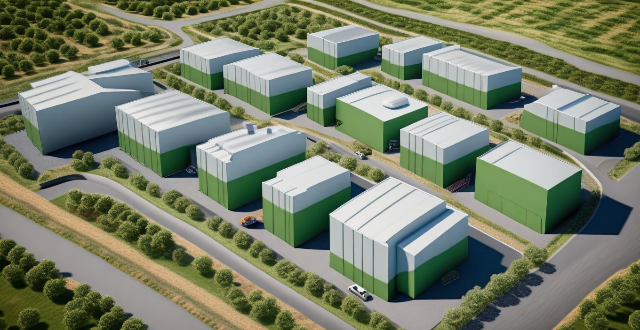Carbon capture and storage (CCS) is a technology that aims to reduce greenhouse gas emissions by capturing carbon dioxide (CO2) from industrial processes and storing it underground. Implementing CCS on a large scale poses several challenges, including high costs, technology maturity, storage capacity, regulatory and legal barriers, public perception, and energy requirements. Overcoming these challenges is essential for the successful implementation of CCS on a large scale. Collaboration among governments, industry, and researchers will be necessary to develop more efficient and cost-effective carbon capture technologies, establish clear regulations and liability frameworks, and raise public awareness about the benefits of CCS.

Challenges Associated with Implementing Carbon Capture on a Large Scale
Introduction
Carbon capture and storage (CCS) is a technology that aims to reduce greenhouse gas emissions by capturing carbon dioxide (CO2) from industrial processes and storing it underground. While CCS has the potential to significantly reduce CO2 emissions, implementing it on a large scale poses several challenges.
Challenges
High Costs
- Capital Costs: Building a carbon capture facility requires significant upfront investment, which can be a barrier for many companies and governments.
- Operating Costs: The energy required to run carbon capture systems can be expensive, leading to increased operating costs.
Technology Maturity
- Unproven Technology: Carbon capture technology is still relatively new and untested at scale, which makes it difficult to predict its long-term effectiveness and reliability.
- Integration with Existing Infrastructure: Integrating carbon capture systems into existing industrial processes can be technically complex and challenging.
Storage Capacity
- Limited Storage Opportunities: Finding suitable geological formations for storing captured CO2 can be difficult, especially in regions without suitable geology.
- Monitoring and Maintenance: Once CO2 is stored underground, it must be monitored to ensure it does not leak back into the atmosphere, adding additional costs and complexity.
Regulatory and Legal Barriers
- Lack of Regulations: In many countries, there are no clear regulations or laws governing carbon capture and storage, making it difficult for companies to invest in the technology.
- Liability Issues: If CO2 leaks from storage sites, determining who is responsible for any damage caused can be complex and contentious.
Public Perception
- Lack of Awareness: Many people are not familiar with carbon capture technology, which can lead to misunderstandings and opposition.
- Environmental Concerns: Some environmental groups oppose carbon capture because they believe it allows companies to continue emitting CO2 rather than transitioning to cleaner technologies.
Energy Requirements
- Energy Intensive: Carbon capture processes require a significant amount of energy, which could increase overall greenhouse gas emissions if the energy source is not clean.
- Competition with Renewables: There may be competition between investing in carbon capture versus investing in renewable energy sources, which could have a greater impact on reducing greenhouse gas emissions.
Conclusion
While carbon capture and storage has the potential to play a crucial role in reducing greenhouse gas emissions, overcoming these challenges is essential for its successful implementation on a large scale. Collaboration among governments, industry, and researchers will be necessary to develop more efficient and cost-effective carbon capture technologies, establish clear regulations and liability frameworks, and raise public awareness about the benefits of CCS.